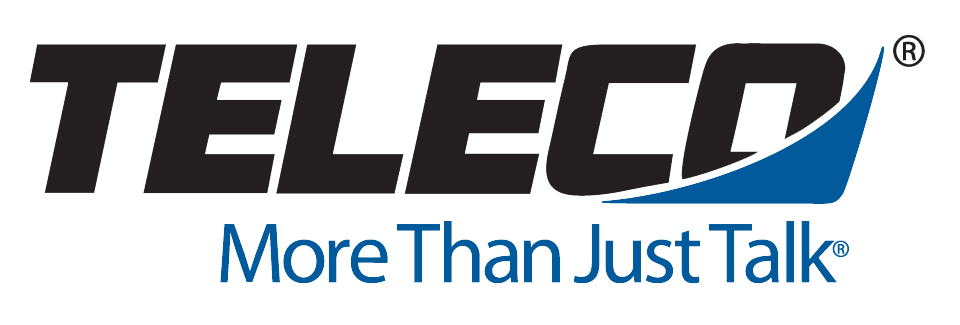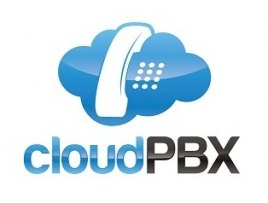There are two types of PRI (Primary Rate Interface) that you can get. These are static or dynamic PRI services. A static integrated PRI has pre-determined data and voice channels. They are completely fixed. A dynamic PRI however, allows for 23 channels to be used for data and voice services, on an ‘as-required’ basis. These are flexible!
This is how dynamic PRI works. If you are only using two channels for voice calling, the dynamic allocation function will automatically place the other 21 channels in ‘data mode’ which increases your overall data speed. As soon as a voice call is in session, it will assign a B channel for that call, and the speed will reduce slightly.
The difference is that voice traffic has priority over other forms of data connection. All channels carry data to increase bandwidth, but voice traffic will always get first priority which is very beneficial to a large or medium-sized business.
When you get dynamic integrated PRI, you eliminate the need for separate voice and data services from multiple vendors, which reduces your system expenses. There will always be a certain number of channels specially reserved for voice, whilethe rest of the channels deal with data. The moment a phone call is disconnected, the data speed increases.
Best of all, dynamic integrated PRI usually comes with equipment included, so you do not have to spend extra on additions for your business. There is usually DID capability, which allows incoming calls to be served by a PBX without the need for an automated attendant.
It also uses call by call allocation, which enables all 23 channels to be used for incoming and outgoing calls – or data transmission. The benefits of using this kind of integrated system are clear—you get dedicated trunk groups that can be individually configured, and enhanced 911 features which means that the DID number is transmitted over the D-channel, so that the callers number appears on the recipients phone display.
Dynamic integrated PRI is also highly efficient, as it consolidates traffic from a PBX, which reduces equipment costs. Most of all, this sort of system is affordable and flexible – so you can handle more calls on a single digital connection.

